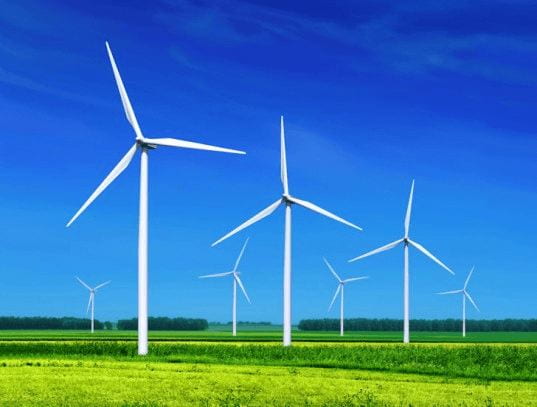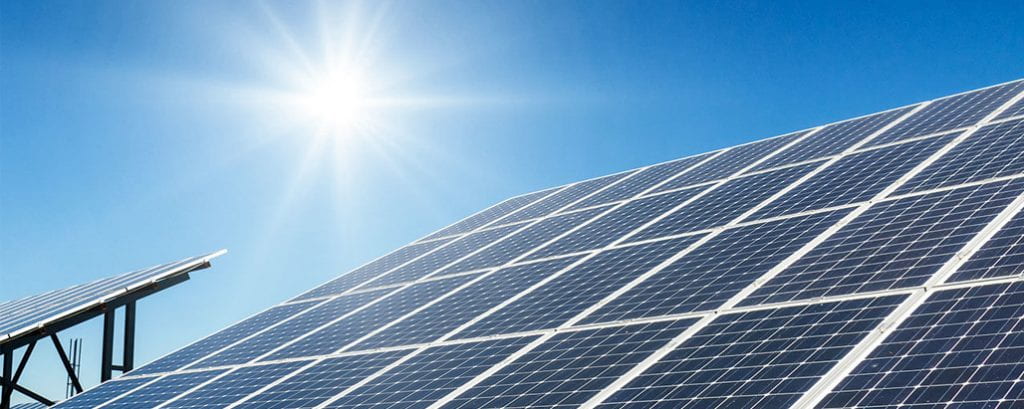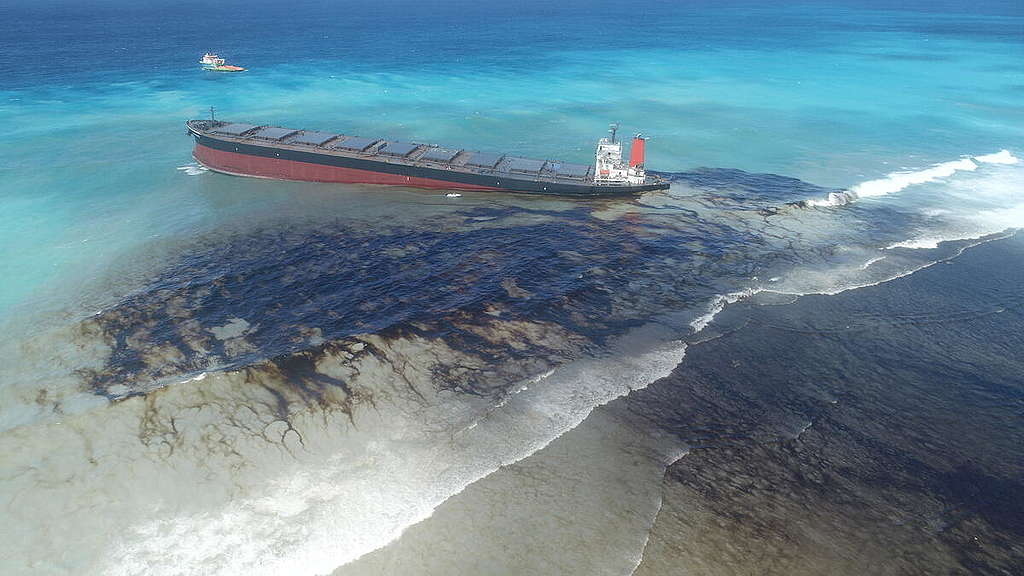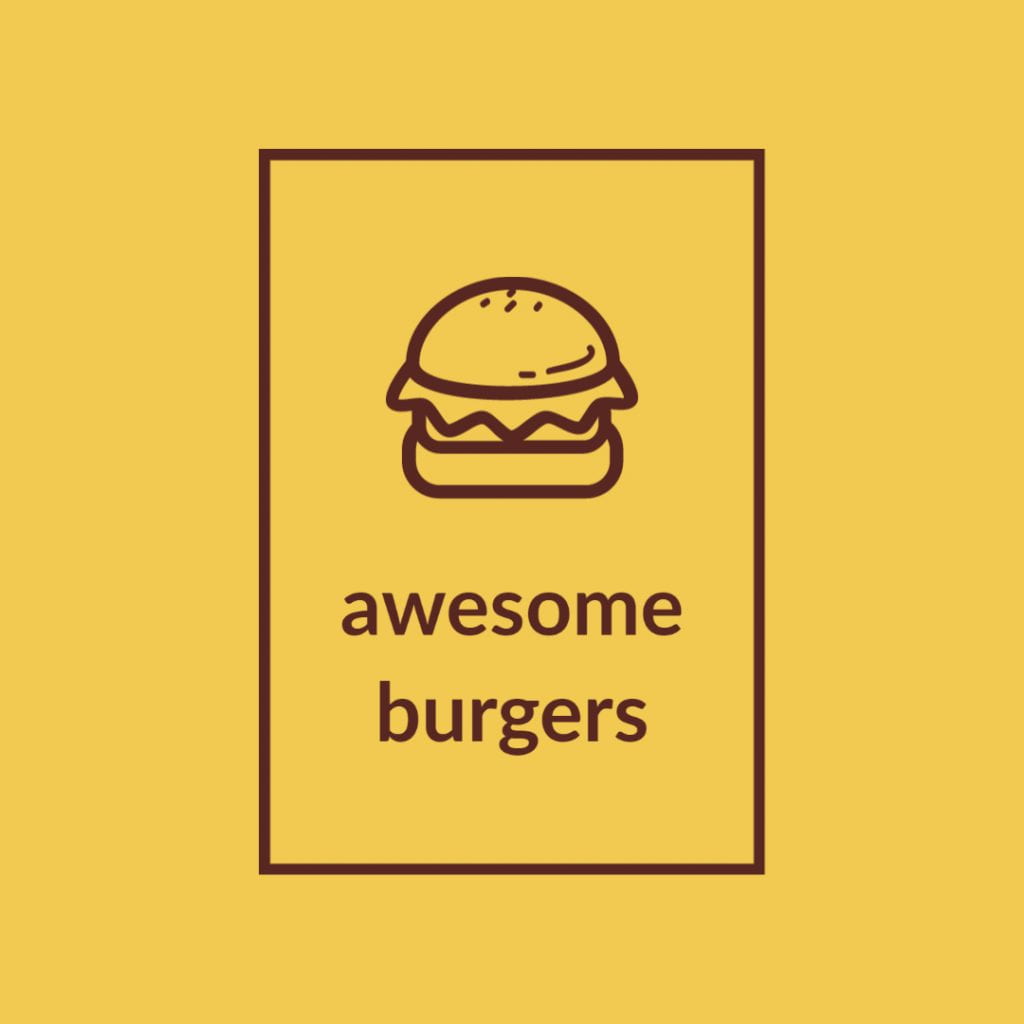
Project Utopia Reflection
At the start of term 2 our year 7 cohort was introduced to the project “Project Utopia.” It was to go over 2 terms and incorporate the subjects English and Humanities. We did a vision board, report, presentation, model and co-space. Here is my reflection on how I thought this project went and what we did.
Visiting Fremantle
.tmb-card500.jpg?sfvrsn=ad25ca10_1)
When we where introduced to this project, our year 7 cohort had no idea how big the area we where developing, where is was and many other things. Luckily for us, our tutors and head of transition planned a visit to Fremantle Port. There we would be able to get some of our answers to our questions and we would also learn a bit about the history of the place. We would learn about what we where developing and it was very helpful for the rest of the project. When we got there, our year 7 cohort was split into different groups. Each group would visit different places but we meet up at the end. We walked around for a small part. We went mostly around the south side and went past the markets. On the bus us year 7’s went to the light house and drove through the shipping containers. It was fascinating how big the area was and how much of the area was used up by shipping containers. I think the excursion should have being longer. At the start we missed going into the maritime museum and I think we could have learn a bit more if we went inside. I also think that the teachers could have organised us to walk a bit longer. Even though we got the idea of how big the area was, it was hard to imagine what it would be like to walk the whole way.
The Giver and Humanities Report
In Humanities, “Project Utopia” really came in handy for our teachers. They gave us a assessment to write about an aspect of the future of Fremantle. We got put into groups and wrote a report. My part was about transport. Although this did benefit the teachers, it did also benefit us. We learnt a lot about the particular aspect we where working on. When we came together and did the model and speech to our parents the work paid off.

In English we read and analysed the book “The Giver.” The main character, Jonas, lived in a so called perfect world. Everything was the same and you would be penalised if you where different. It represented a society that was trying to be a Utopia. The Giver helped us prepare for the project as we would learn about that even a society that is trying to be perfect will never be perfect. We learnt the difference between an Utopia and Dystopia and what to include in our “Project Utopia”.
Our Vision Board

In the groups that we created our reports in, we made a vision board. It was to showcase our group idea of the future of Fremantle. We where meant to make the vision board a bit like an infographic but my group was creative. We wanted to do something different. We decided to put Lego on our Vision board to make it more 3-D. I had lots of fun creating this vision board and I think it is important to include this in next year’s project. I also think this vision board helped us learn more about the project. We had to research about lots of different factors for this vision board and it helped build my knowledge. I believe that that the vision board is a fun way to learn about this project and should be included in next year’s project.
Models – digital and physical
Digital Model The digital model of our idea was very easy to make as it was just on the computers. Even though is was easy I did prefer the physical model over the digital model. I think maybe next time we could use an easier app as it was a bit tricky to navigate the different pieces around. The digital aspect of the models was easier to use as well as presenting a challenge so it was a great way to present the information other than a physical model.

Physical Mode Making the physical model of our idea was very fun. We got to use our hands and be creative. Unlike the digital model, we had to figure out the scale which was a bit difficult. I got to learn different handy man skills, such as using a Stanley Knife, to create the buildings and features. I also enjoyed making the model because at the end we got to join up all of our work and see the finished future of Fremantle altogether. With the Co-space we could not do this which is one of the reasons why I like the physical model better than the digital.
Presenting to the Parents
The very end of our research ended in a presentation to our parents. All of our hard work was presented in this way. We presented our model and idea for the future of Fremantle. We got into groups and my group consisted of Chloe Rakuscek, Emily Hinchliffe, Hayley Walker and myself. Together we had the same goal for the future of Fremantle, to create a sustainable, quick way to get around the area. Our solution was trams. To us it was a very logical idea but to some, the parents, it needed explaining. This was the purpose of our presentation. To explain our idea to the parents and convincing that it was a great idea. Luckily for us they where a great audience (slightly embarrassing at times) and helped us further think our idea. I had lots of fun presenting our idea to the parents and this was a great addition to this year’s project





